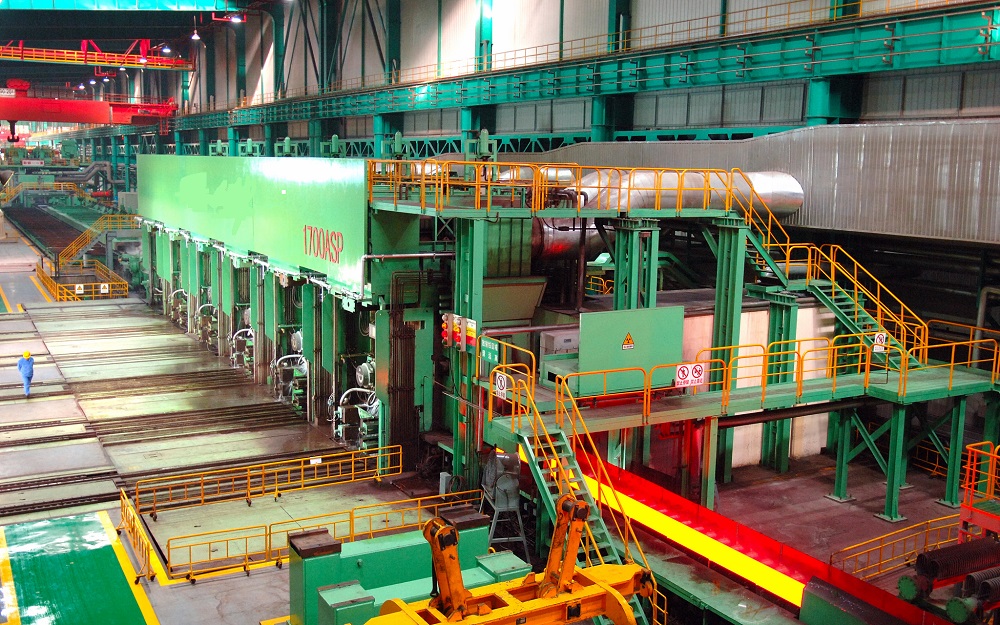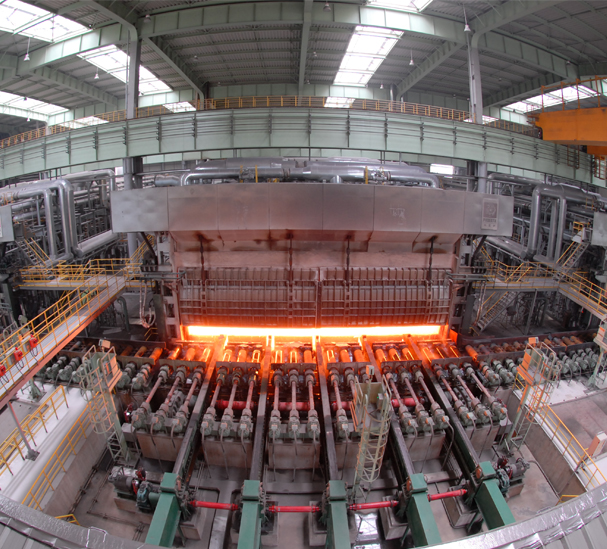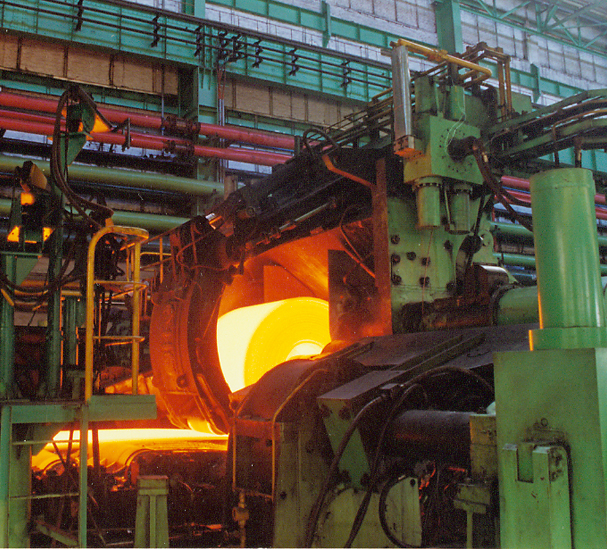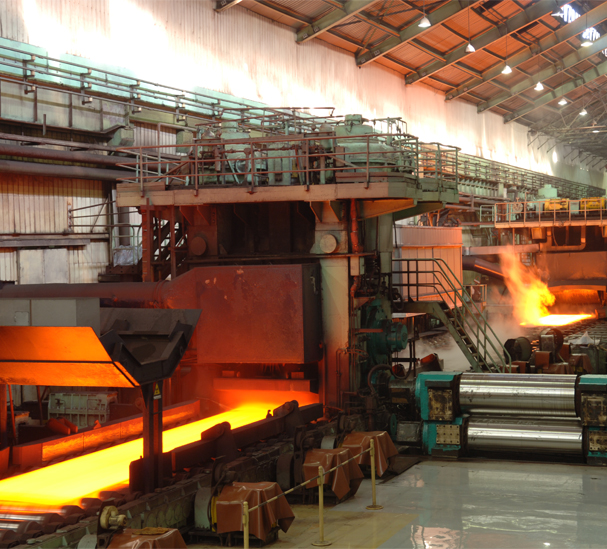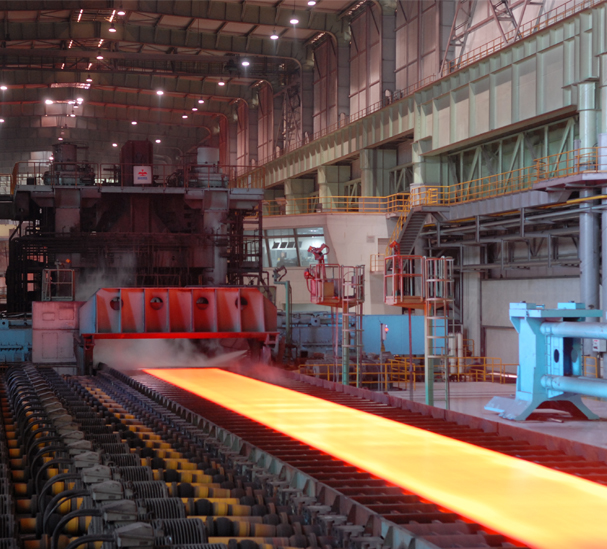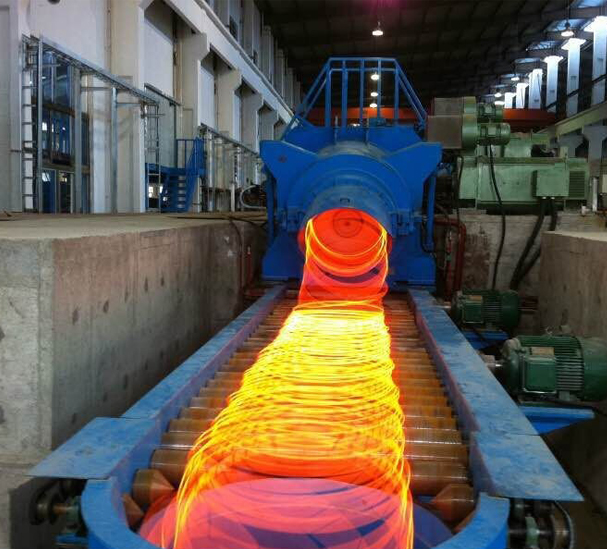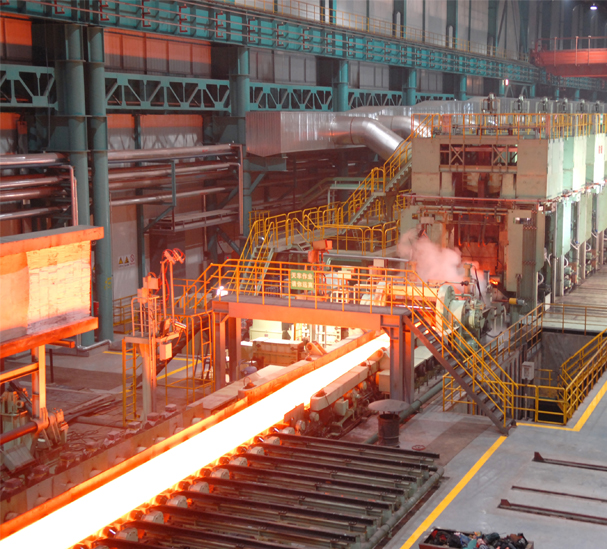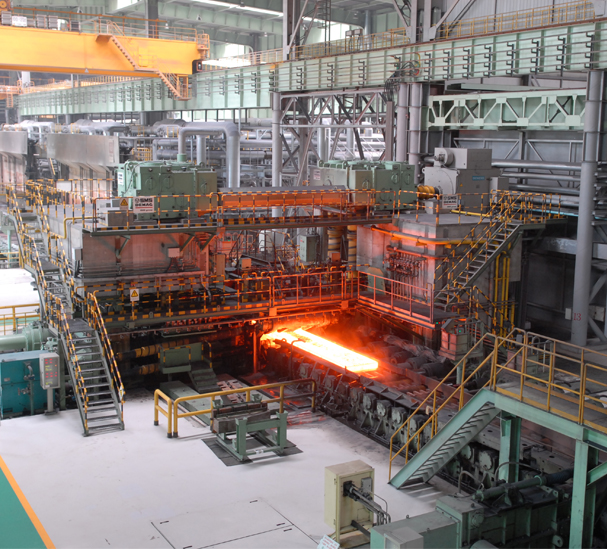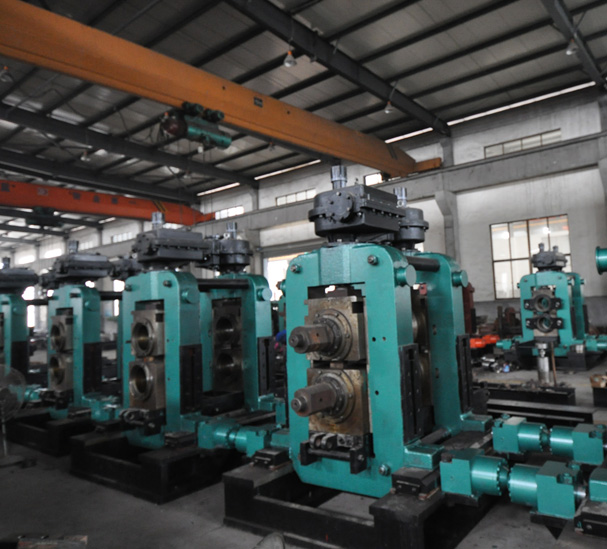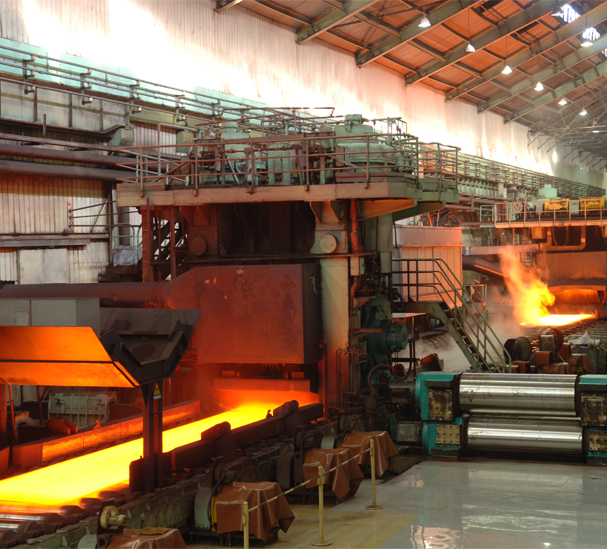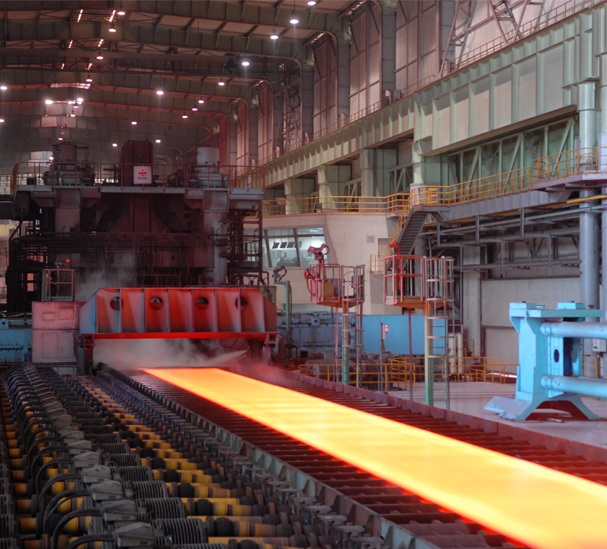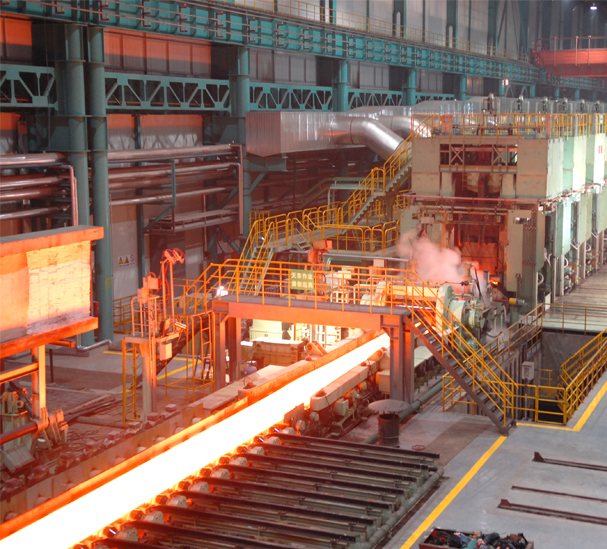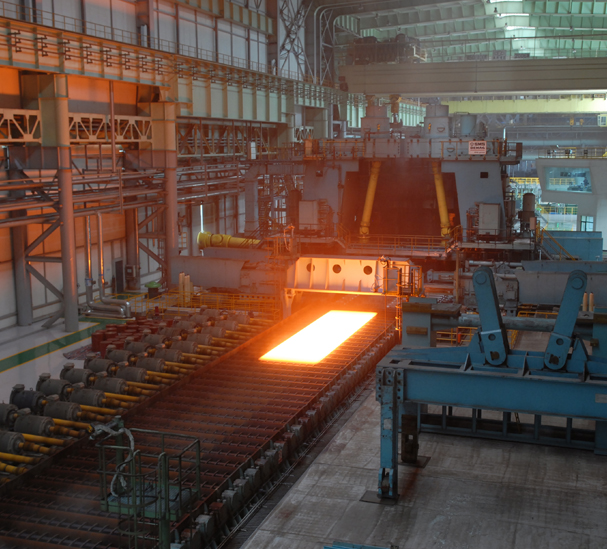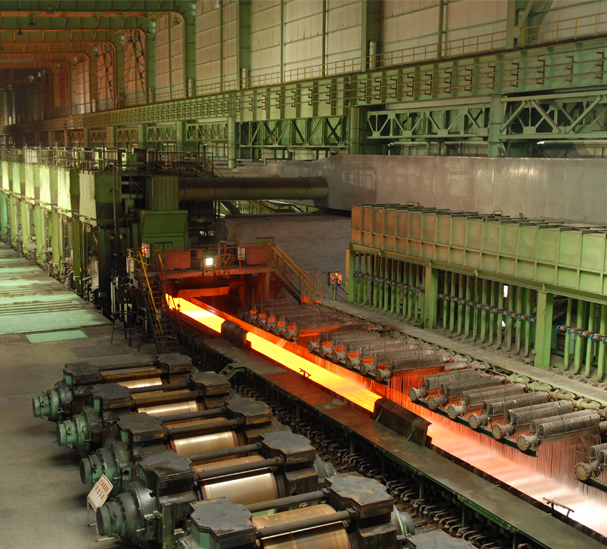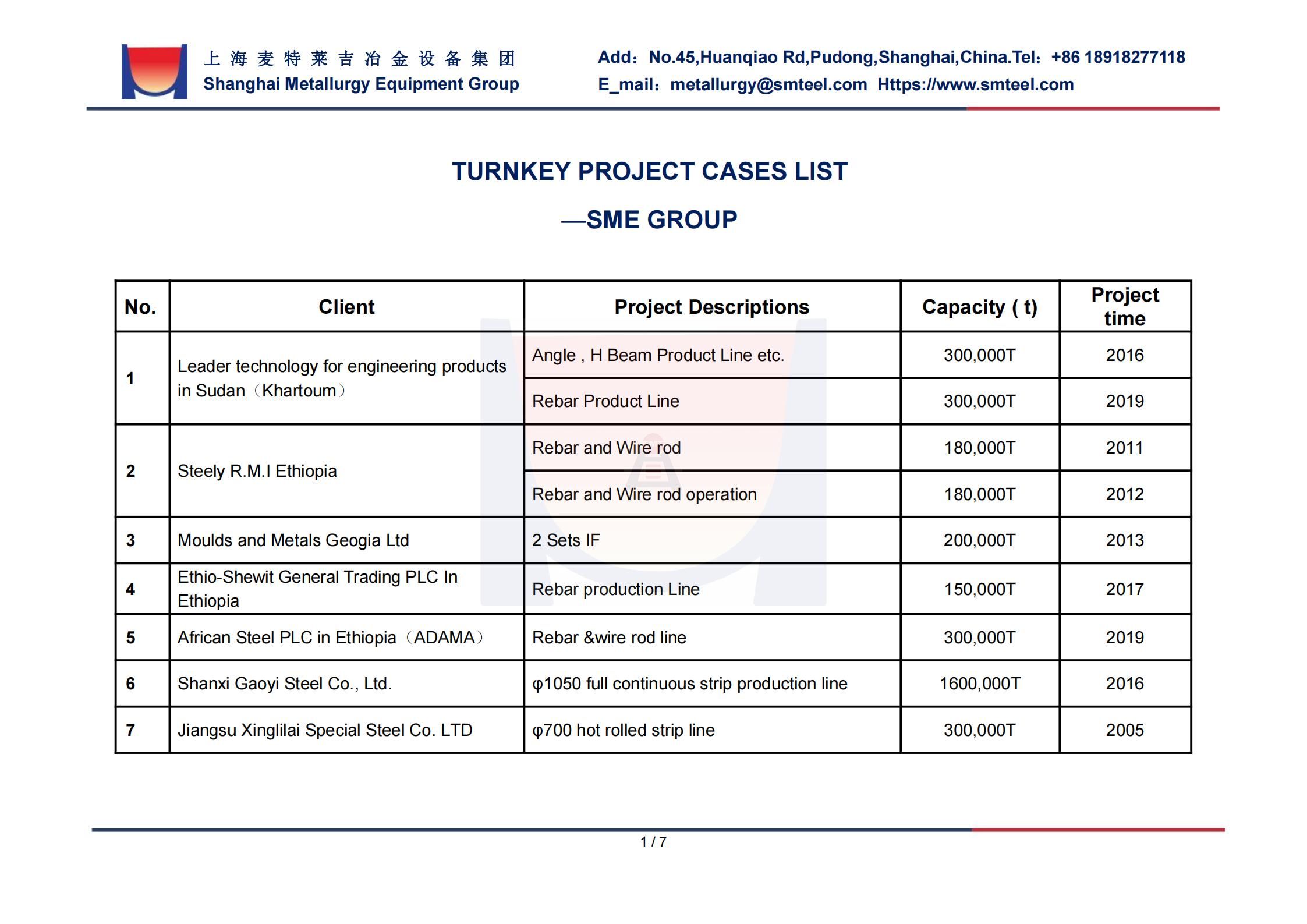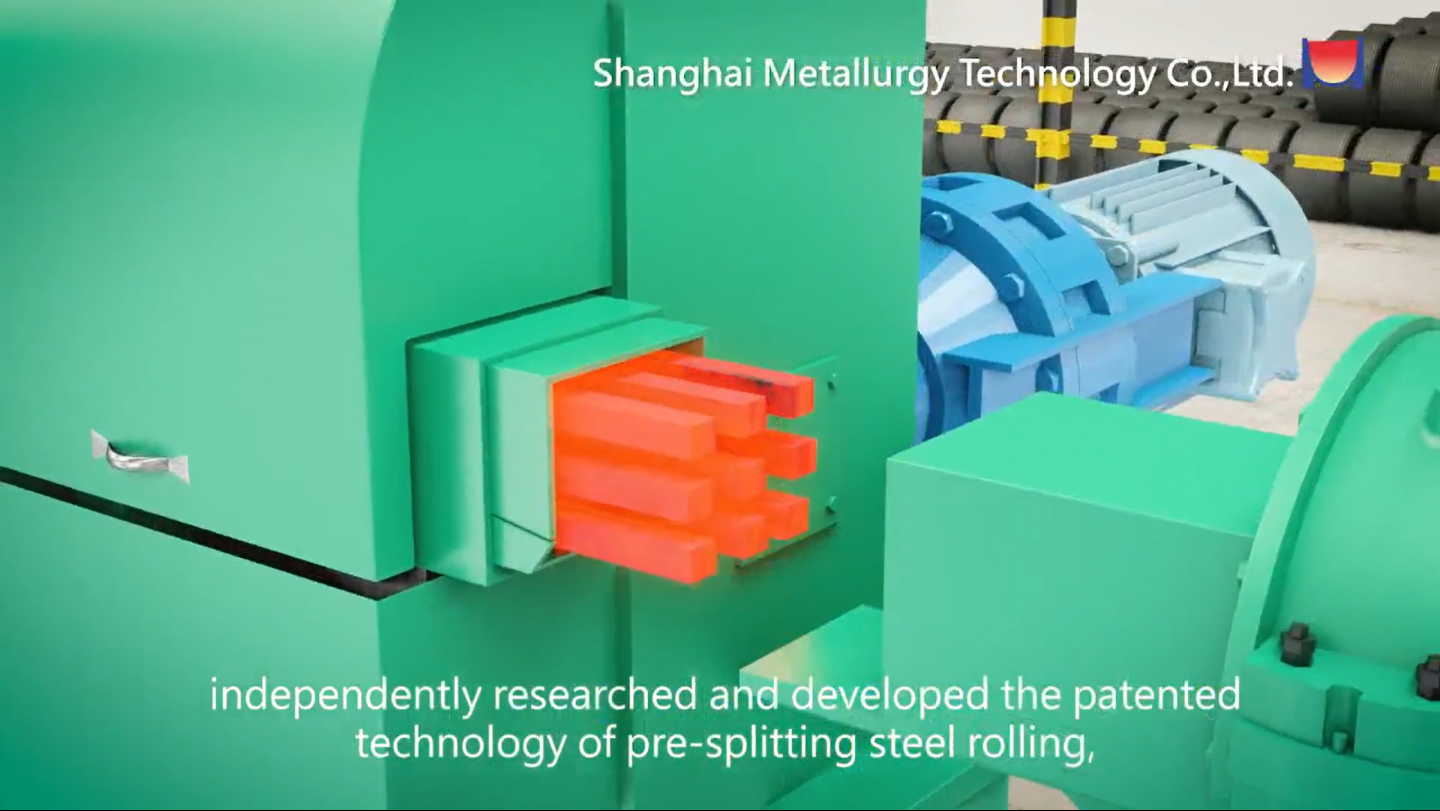Steel Rolling Line
Complete Hot & Cold Rolling Solutions
SME Group possesses various mature steel rolling technology and proven process, meanwhile, powerful manufacturing capacity and continuous research developped investment enable us to be able to innovate latest production technology which can meet different requirements of investors all over the world, whether the power supply is shortage or not, there will be always one custom-made solution. our specially developed slitting rolling technology and equipment has much advantages in the investment cost, capacity design, project period, energy consumption and etc.
All process design and equipment selection are based on your investment ideas and practical conditions, including production capacity, electricity, land, working system; according to market demand, you can freely choose product direction: steel bar, wire rod coil, steel sheet, steel strip, narrow strip , Angle steel, channel steel, etc .;
The rolling method can be divided into hot rolling and cold rolling according to the rolling temperature; the relative motion relationship between rolling and rolls can be divided into longitudinal rolling, cross rolling and oblique rolling; according to rolling products; It is divided into general rolling and special rolling. Periodic rolling, rotary press rolling, bending forming, etc. are special rolling methods.
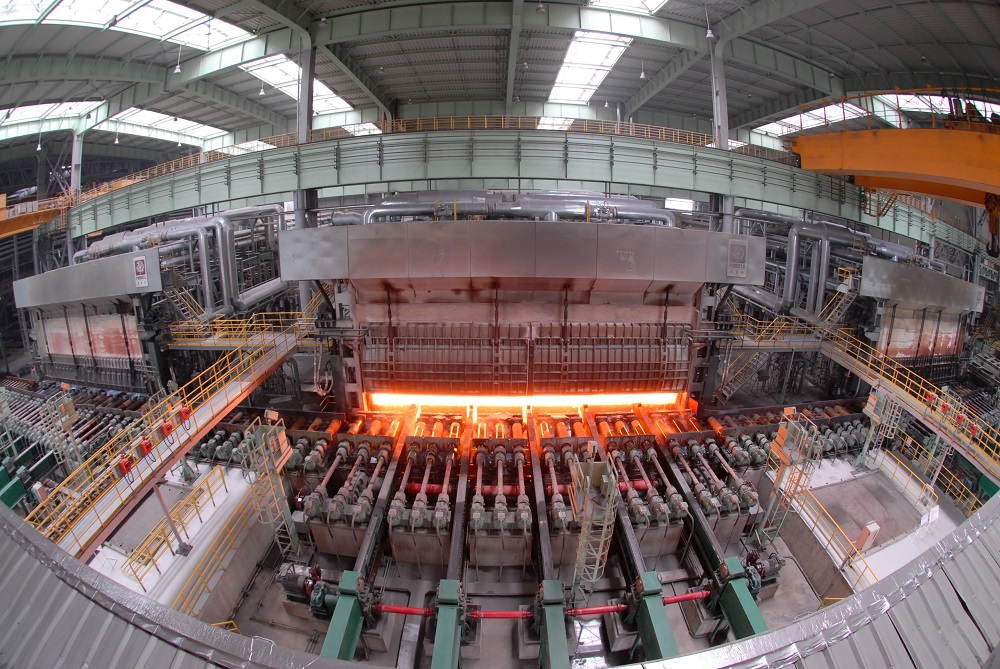
A rolling mill is a place where steel is rolled. Steel rolling production is the production process of rolling steel ingot or billet into steel. Section shapes of steel produced in rolling workshops are mainly divided into three categories: steel plate, steel pipe and section steel (including wire). The mechanical equipment used in the rolling mill are: rolling mill and a series of auxiliary equipment composed of a number of units. The machine that produces plastic deformation of rolled parts is usually called rolling mill. Rolling mill can be divided into blank mill, section mill, strip mill, steel pipe mill and so on.
Hot rolling process
The billet from the steel mill is only a semi-finished product, must go to the rolling mill after rolling, can become qualified products. The continuous casting billets sent from the steel mill first enter the heating furnace, and then enter the finishing mill after repeated rolling by the blooming mill.
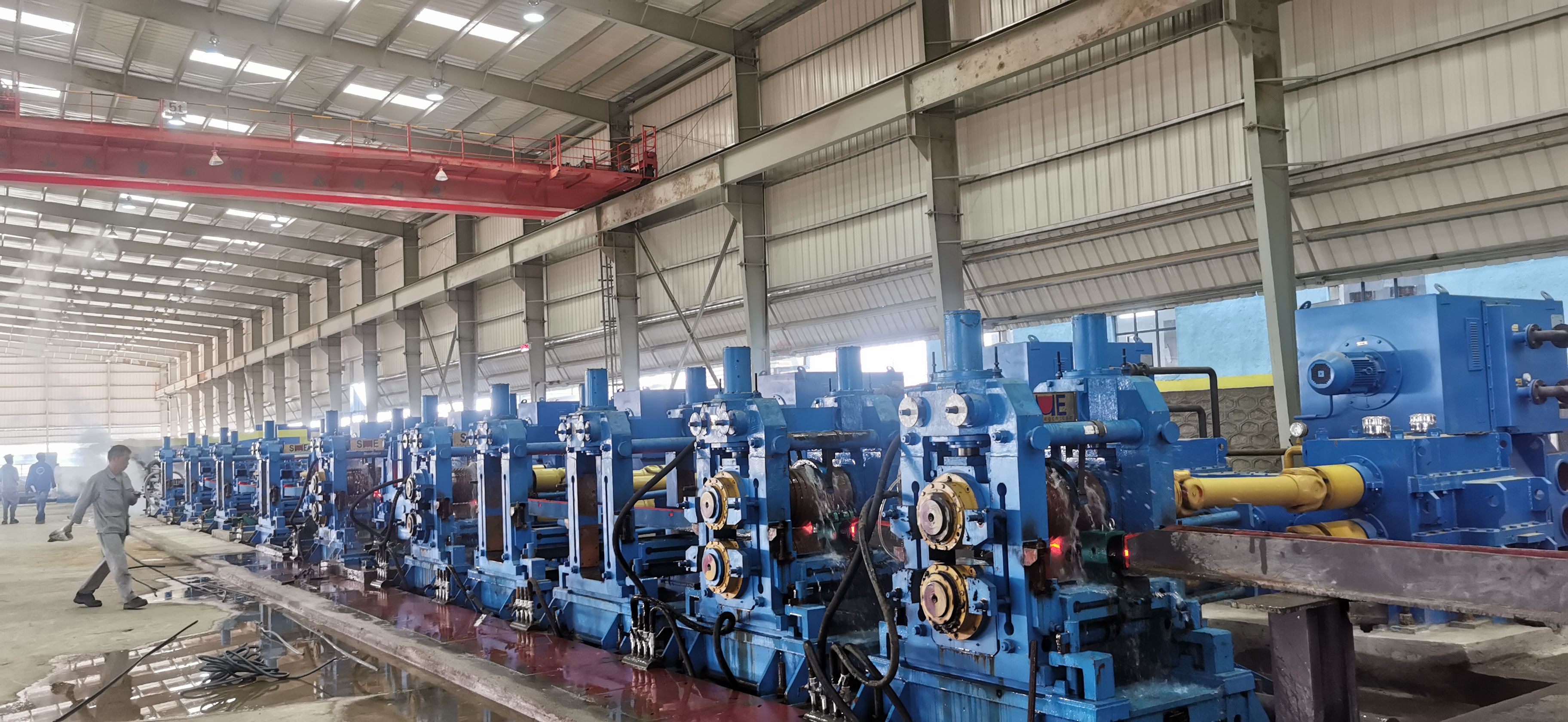
Hot rolling is relative to cold rolling, cold rolling is rolled in recrystallization temperature, and hot rolling is rolling above the recrystallization temperature. Briefly, a piece of a steel blank has been rolled after heating, then cuts the side, and corrects the steel plate, which is called hot rolling. It can significantly reduce energy consumption and reduce costs. High metal plasticity during hot rolling, low deformed resistance, greatly reduces energy consumption of metal deformation. Hot rolling can improve the processing process of metal and alloy, so that the coarse grains of the cast state will be broken, significantly crack healing, reduce or eliminate casting defects, and transform the cast tissue into deformation tissue, improve the processing of alloy.
Cold rolling process
Cold rolling usually uses longitudinal rolling. Cold rolled production process generally includes raw material preparation, pickling, rolling, degreasing, annealing (heat treatment), fine, and the like. Cold rolling with hot rolled products as raw materials, cold rolling precursories should be removed to ensure the surface of the cold rolled product. Rolling is the main step of deformation of the material. The purpose of degreasing is to remove lubricating grease attached to the rolling in the rolling to avoid contaminating the surface of the steel, and the stainless steel also prevents carbon. Annealing includes intermediate annealing and finished heat treatment, intermediate annealing is a processed hardening generated by recrystallization to eliminate cold deformation, to restore the plasticity of the material and reduce metal deformed resistance. The purpose of finished heat treatment has been hardened by recrystallization. It is also in terms of technical requirements of the product to achieve the required tissue (such as various texture, etc.) and product performance (such as deep flush, electromagnetic properties, etc.). Finishing includes inspection, cut, straightening (flat), print, classification packaging, etc. Cold rolled products have high packaging requirements to prevent products from being scratched on the surface during transportation. Some special processes are also available in addition to some special products except for the above process. When the silicon steel sheet is rolled, the decarburne is annealed before cold rolling, and the coating film is taken after rolling, and the high temperature annealing, tensile straightening (see tension straightening) and tempering.
